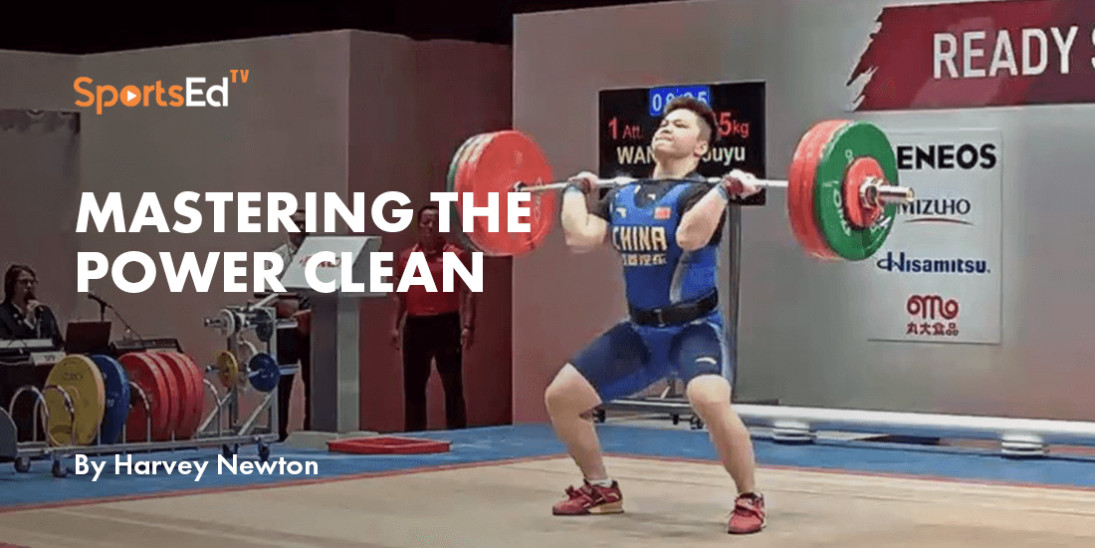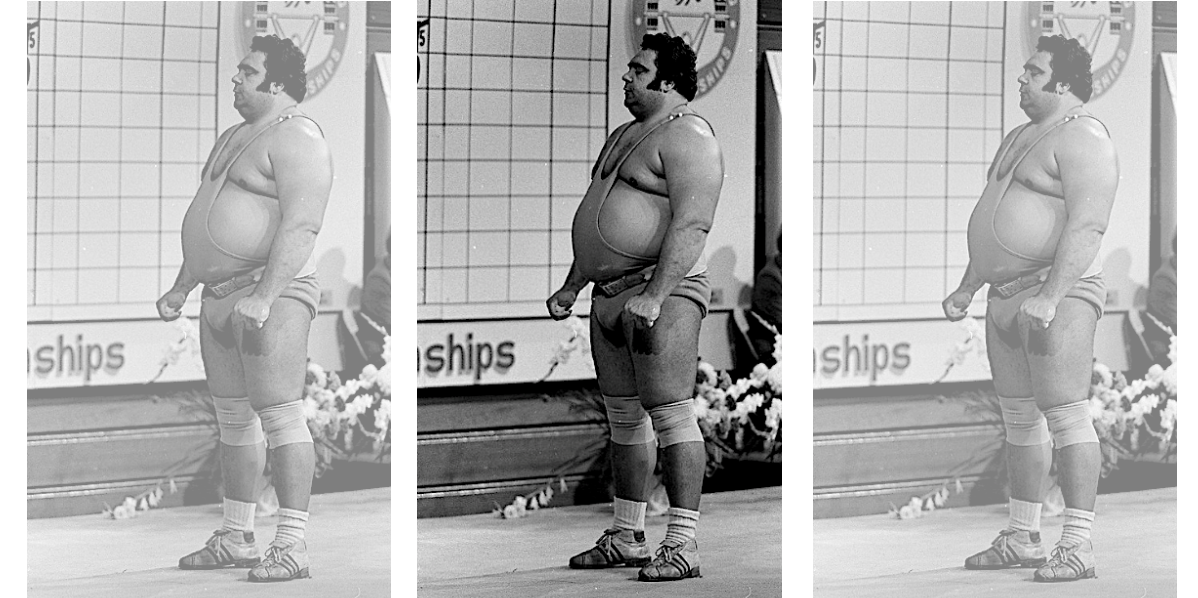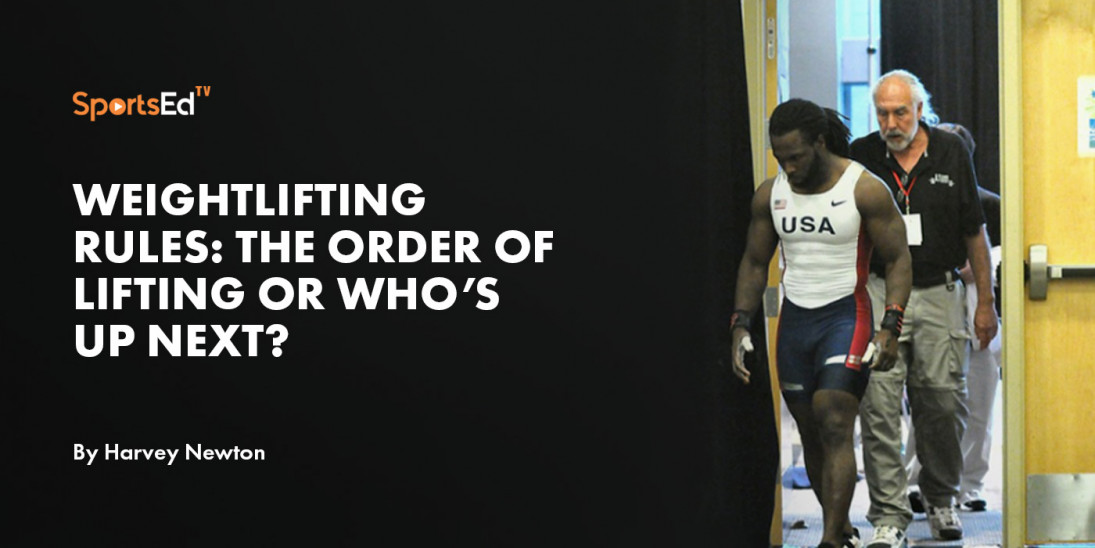Weightlifting, Basketball
Welcome and thanks for visiting...

Effective Weightlifting Training for Basketball

Athletes from any sport benefit from the proper use of resistance training for improved performance. Well-designed training programs can add strength, increase power, improve flexibility, and importantly, guard against injury. The explosive nature of basketball, particularly with its emphasis on vertical power, is well suited for classic weightlifting and supplemental exercises. A stronger, more powerful player has a greater chance to survive the long season in much better shape.
However, due to the average basketball player's height, possible modifications are needed to get into positions to snatch or clean. While youth players should learn the full lifts at an early age (with light weights), they do not need to focus on becoming weightlifters. The use of partial or pull-only movements, either from the high or low hang or blocks, can provide explosive benefits without the challenge of mastering the entire lift.
Keep in mind that adequate flexibility, particularly in the lower back, hips, ankles, shoulders, and wrists is a must before attempting explosive lifting. Players need the ability to properly maintain a neutral spine throughout all snatch- or clean-type movements. A failure to maintain a neutral spine in these lifts requires more specific preparatory training before attempting explosive lifts.
A Program Model
Featured in my popular book Explosive Lifting for Sports was a weightlifting-oriented program utilized a few years back by the Chicago Bulls. In the workouts below the numerator indicates a percentage of the lift (or a determining lift) used. The denominator indicates the number of repetitions performed in that set. Multiple sets may repeatedly use the same, or nearly same, intensity.
Basketball (Off-Season)
Monday
| Power Snatch/OHS | 60/3 | |||||||
| Snatch/Blocks | 60/4 | 70/2 | 80/2 | 80/2 | 80/2 | 80/2 | 80/2 | 80/2 |
| Squat | 35/5 | 45/4 | 55/2 | 65/2 | 75/2 | 90/2 | ||
| Wave Squat | 30/20 | 30/20 | ||||||
| Squat Jump |
Bar/4 |
+25/4 | Bwt/4 | Bwt/4 | ||||
| Leg Curl | Light weight/8 | Light weight /8 | Light weight/8 | |||||
| Bench Press | 55/2 | 65/2 | 75/2 | 85/2 | 90/2 | |||
| Pull up |
Bwt/Max |
Bwt/Max | Bwt/Max |
Tuesday
| Power clean (high hang)/Front Squat | 50/3/4 | 50/3/4 | ||||||
| Box jump | 4 jumps | |||||||
| (Blocks) Clean pulls/clean/front squat |
65 2/2/2 |
75 2/2/2 | 80 2/2/2 | 80 2/2/2 | ||||
| Push press behind neck | 60/2 | 70/2 | 80/2 | 80/2 | 85/2 | 85/2 | 90/2 | 95/2 |
| 1-arm cable row | 8 reps | 8 reps | 8 reps | |||||
| Back extension w/wgt | 10 reps | 10 reps |
Wednesday
|
Bike/dynamic warm-up |
|
Stretching and agility moves |
Thursday
|
Snatch (as Mon) |
60/4 | 70/2 | 80/2 | 80/2 | 80/2 | 80/2 | 80/2 | 80/2 |
| Speed Squat | 35/3 | 45/2 | 50/1 | 50/1 | 50/1 | 50/1 | 50/1 | |
| Wave Squat | 35/20 | 35/20 | ||||||
| Squat Jump | Body Weight/4 | Body Weight/4 | Body Weight/4 | Body Weight/4 | ||||
| Box jump (12") | 10 jumps | 10 jumps | 10 jumps | |||||
| Pause bench press | 75/2 | 75/2 | 75/2 | 75/2 | 75/2 | 75/2 | 75/2 | |
| DB Row | 45/8 | 45/8 | 45/8 | 45/8 | ||||
| Rev Back extension | 25/10 | 25/10 | ||||||
|
Abs |
Friday
| Power clean/Front Squat | 45 3/4 | 45 3/4 | ||||||
| Clean pull/clean (blocks) | 50 2/1 | 60 2/1 | 70 2/2 | 80 2/2 | 90 1/1 | 90 1/1 | ||
| SLDL | 60/3 | 80/3 | 90/3 | 90/3 | 90/3 | 100/3 | 100/3 | 100/3 |
| Split Squat | 40/5 | 55/3 | 70/3 | 80/2 | 90/1 | 90/1 | ||
| DB press (split) | 55/5 | 65/4 | 75/3 | 75/3 | 75/3 | |||
| Pull-down | Med-heavy wgt/8-12 | Med-heavy wgt/8-12 | Med-heavy wgt/8-12 | Med-heavy wgt/8-12 | ||||
| MB 400/DB back extension |
Intensity Determining Criteria
| Power snatch/Snatch | 1RM snatch |
| Power clean | 1RM power clean |
|
Squat/wave squat/speed squat/squat jumps |
1RM squat |
| Front squat |
1RM Front squat |
| Split squat |
1RM Front squat |
| SLDL | Squat |
| Bench press | 2RM bench press |
| Push press behind neck | 1RM push press behind neck |
| Other exercise intensities | Individual |
Considerations
Keep in mind that the determination of a 1RM (1 repetition maximum, or limit lift) is NOT appropriate for newcomers to strength training. The key, at least for the first few months, for beginners is to learn proper technique with light loads. After technique is established, heavier weights can be utilized.
Consider also, when we talk about highly paid professional athletes, it’s important to acknowledge that many players may utilize mixed methods for off-court training. Some engage personal trainers. Some depend more on athletic ability and see little reason to engage in alternative types of training. Some will follow the team’s strength and conditioning staff’s philosophy. And this philosophy may be explosive weightlifting or mostly bodyweight resistance training or the use of resistance-training machines.
But when considering youth, scholastic, or club basketball players the coach must examine the typical player on the team. Does the athlete have any obvious weak areas that can be quickly corrected through some off- and in-season resistance training? Will added strength and/or power improve their performance? Who will instruct players in learning advanced weightlifting moves? Can off-court training be worked into our regular schedule?
These many considerations are part of the puzzle we face when addressing resistance training for basketball. The weightlifting library at SportsEdTV is an outstanding source of additional information on proper weightlifting and strength training technique.
The Situation Today
Two-time (1984, 1988) USA Olympic Weightlifting Team member Derrick Crass recently informed me that the NBA is one of his largest customers for his DC Blocks, a unique set-up that allows for quick and effective adjustments to barbell height for players of differing dimensions when utilizing explosive weightlifting and/or other movements.
Derrick recently shared with me his insights into basketball strength training. Here is an edited version of our interview:
HN: Derrick, what’s your impression of basketball strength and conditioning coaches and their approach to resistance training today?
DC: I’m impressed with the level of education we see today. When we attend trade shows and conferences, we’re impressed with the enthusiasm S&C coaches have for furthering their education. Resistance training is on a continuum, with everything from bodyweight resistance to bands to machines to powerlifting to weightlifting (simple to complex).
Basketball has the challenge of having taller-than-usual players attempting exercises on a standard sized barbell. They can often experience the benefits of the full lifts (snatch, C&J) by adjusting to lift through a partial range of motion, especially explosive pulls with straight, or nearly straight, arms performed from around knee height.
So, they stay flexible in their approach to strength training, which makes a lot of sense, especially with basketball players.
HN: Your DC Blocks have proved to be very popular with basketball S&C coaches. What’s driving this interest?
DC: Taller athletes don’t need to lift from the floor in order to gain strength and/or power benefits. Most coaches want their athletes to utilize various forms of deadlifting (conventional, stiff leg, hex bar, etc.) in order to strengthen the so-called posterior chain. This is easily accomplished from a starting position just below the knee. As you know, DC Blocks are quickly and easily adjusted in 2-inch increments. This allows for a convenient, custom fit for any player.
Without blocks, athletes can pull “from the hang,” but this sometimes leads to early fatigue of the low back or grip, or can end up with inconsistent starting positions.
Especially in-season, coaches like to maintain player strength by the use of bodyweight or light weight step-ups or single leg squats. Again, our easily adjusted blocks provide a convenient environment in which to train leg strength unilaterally.
Here is the video to proper step-up technique using DC Blocks:
HN: You recently told me of the popularity of the Double-Wide DC Block with basketball teams. Please explain.
DC: The double-wide block fits tightly across a double stack of the DC Block Originals. I was first approached by German weightlifting coaches in 2016 to consider this wider top surface for use of DC Blocks as jerk blocks. The next year, at the big basketball draft in Chicago, we noted a lot of interest from basketball S&C coaches. It turns out that players, especially those with large (size 17 or 18 shoes) feet felt a bit cramped doing step-ups on our Original. The Double-Wide, in addition to serving as a great jerk box top, had found a new use! We’ve seen increased interest from National Football League S&C coaches, as well.
Let’s conclude by confirming that basketball players at all levels stand to greatly benefit from a sensible resistance training program throughout the year, whether this involves traditional weightlifting movements, derivations thereof, or simpler strength training exercises.
Get with the program!





